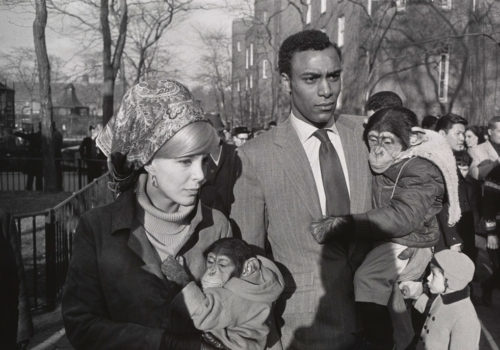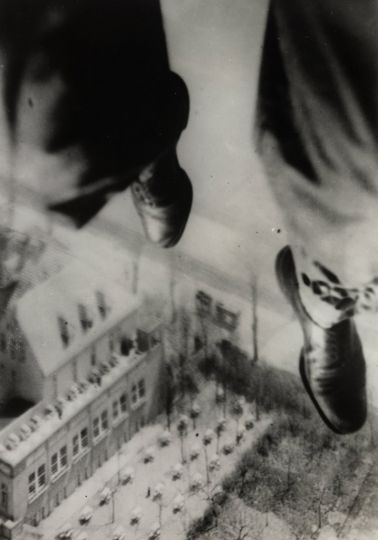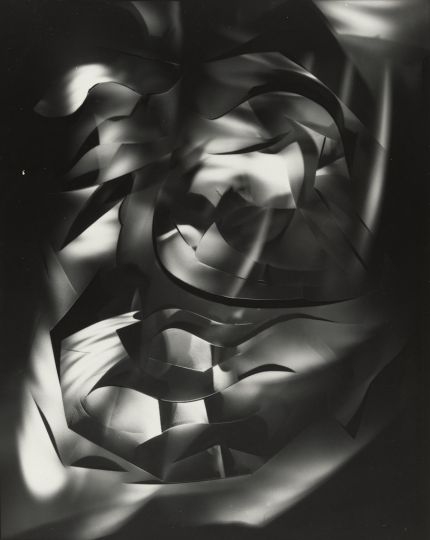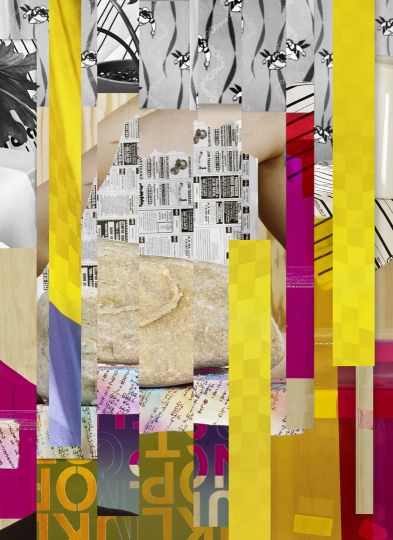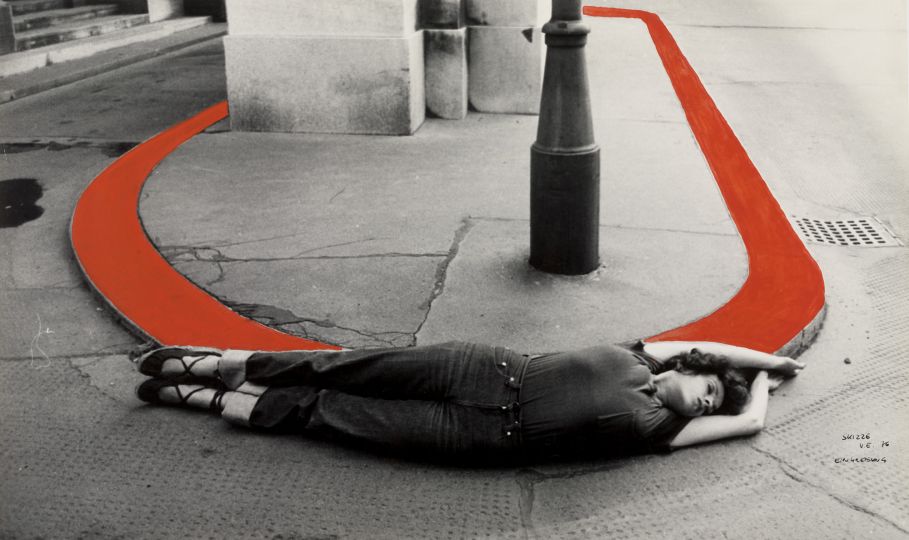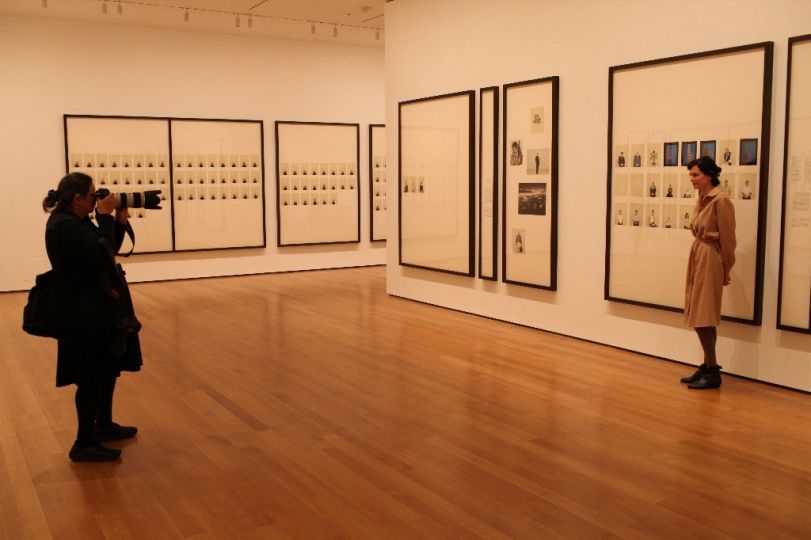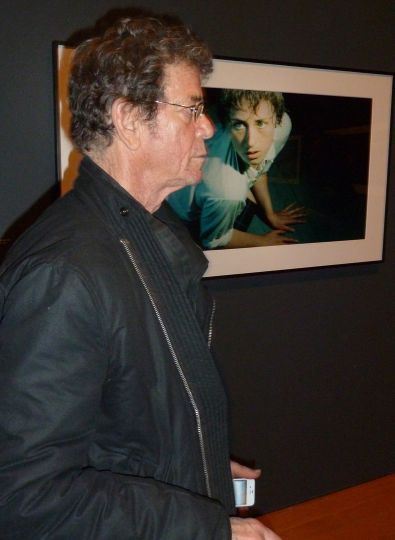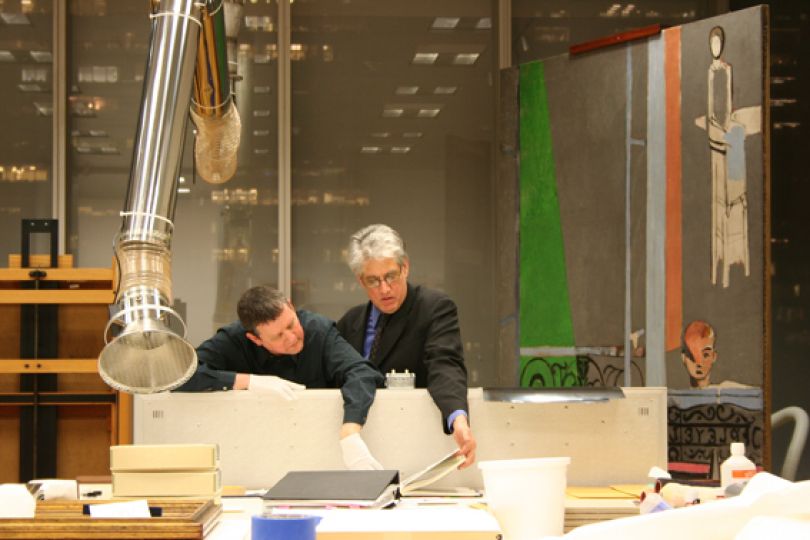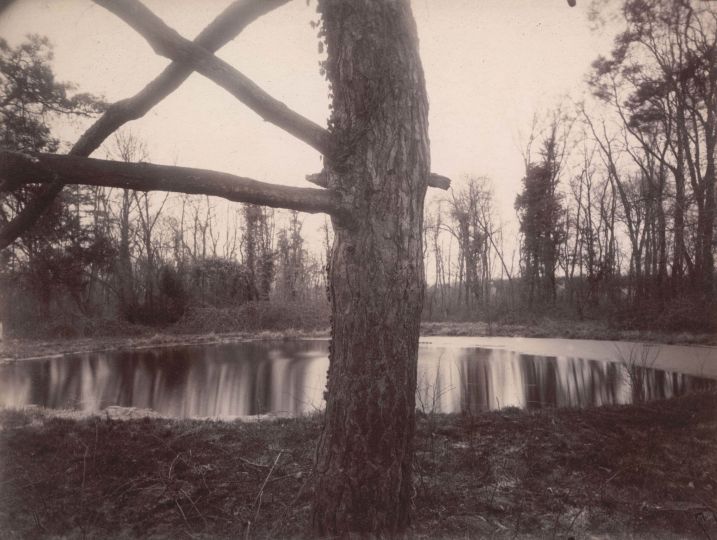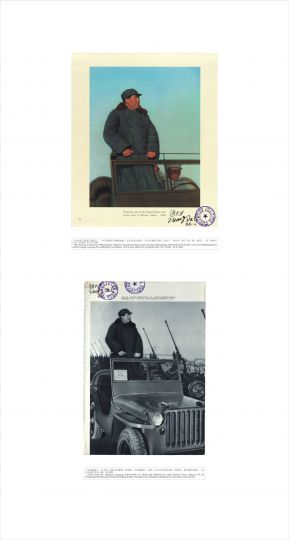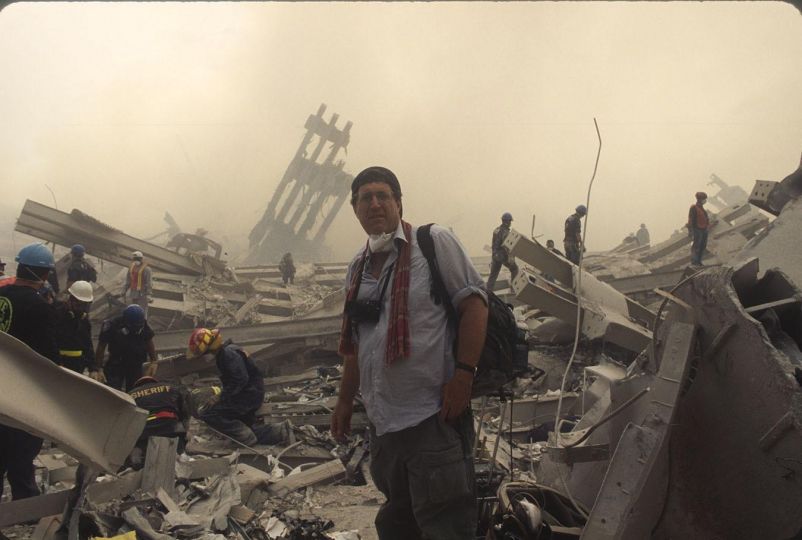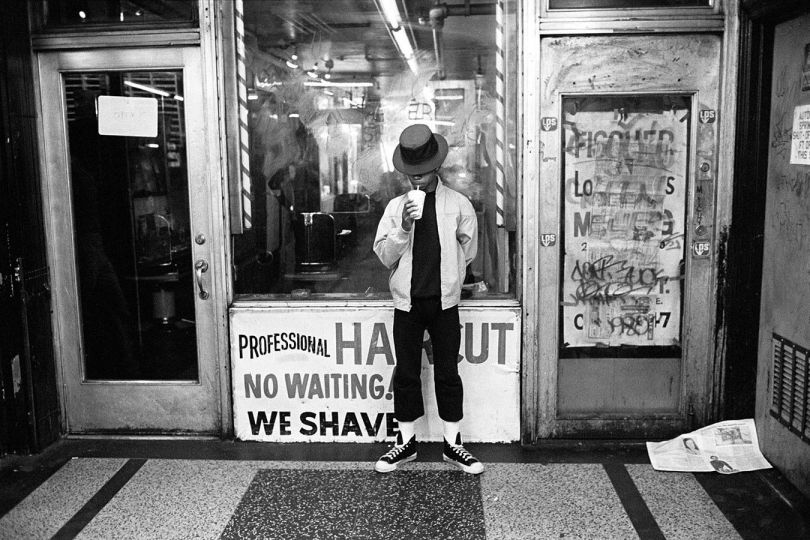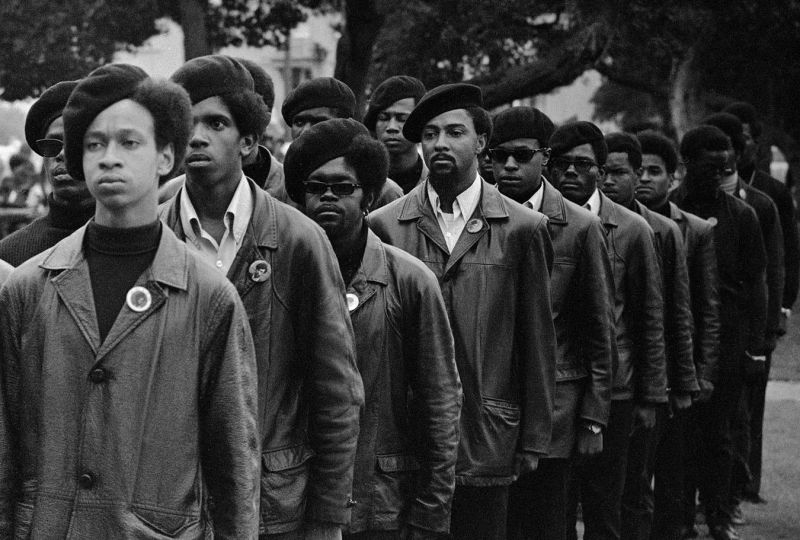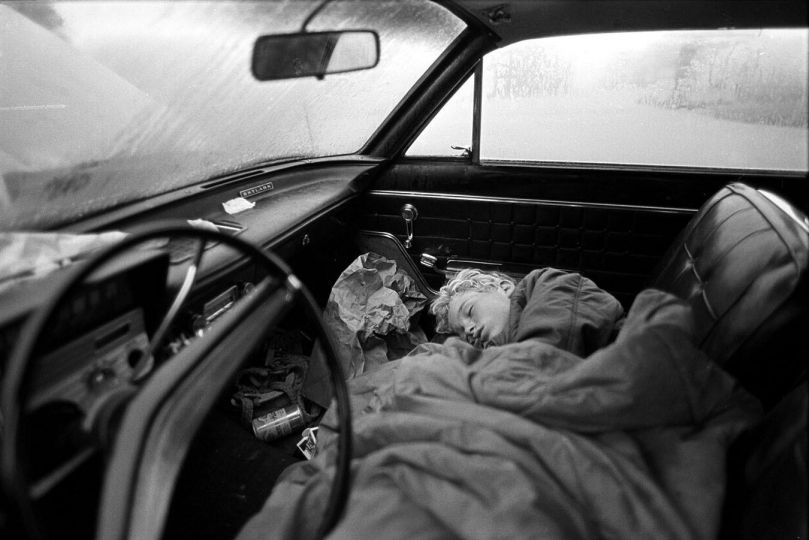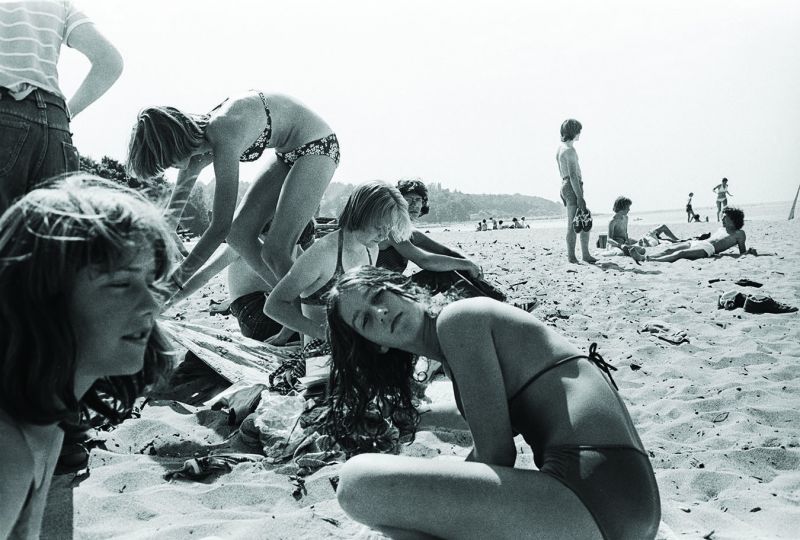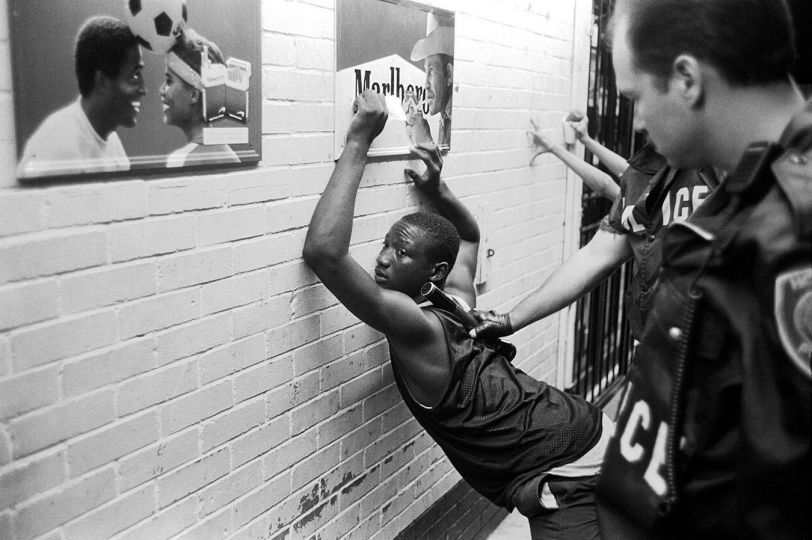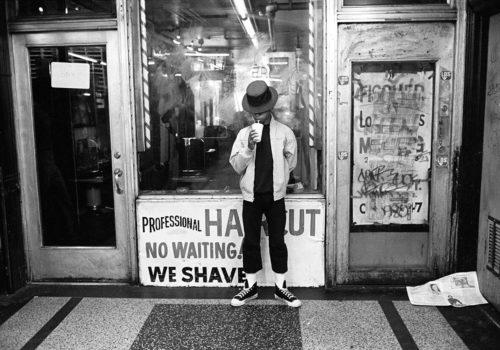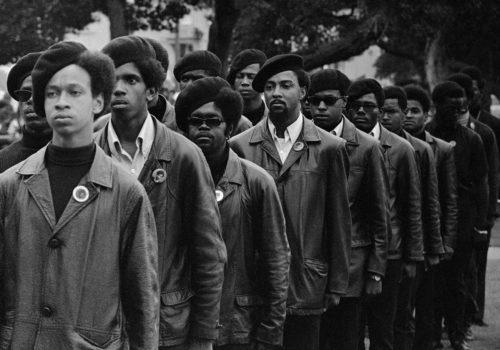This winter, New York MoMA embarked on the publication of its photography collection acquired since its founding in 1929. To open the three-volume series which will explore the history of this medium, the museum chose to print a wide selection of photographs dating from the early 1960s through today. The intention is clear: to attract the public by kicking off with images that are perhaps the most familiar and drawing attention to the popularization of color photography and the latest practices.
The book does not contain all the photographs held in the MoMA archives for this period, but it proposes an illustrative mosaic of the collection’s treasures. Page after page, famous photographs are set alongside lesser known images, which is indicative of the democratic acquisitions policy of the museum articulated in the historical introduction by Quentin Bajac, current chief curator of photography at MoMA. He also pays homage to the work of his predecessors in the department, such as Newhall, Szarkowski, Steichen, and Galassi, enumerating the challenges they faced in their time.
The book is composed of eight thematic chapters, including: New Documents and Beyond; Deconstructing Photography; Performance for the Camera; and Experimentation. Even though the first photograph acquired by MoMA in the year 1930 was a work by Walker Evans, the selection of this book opens with one double-page spread by Diane Arbus. Then, in the first chapter, we encounter Garry Winogrand, Lee Friedlander, Robert Adams, Bruce Davidson, William Eggleston, and several non-American photographers such as Paolo Gasparini, Josef Koudelka, Malick Sidibe, and Miyako Ischiuchi.
This volume is also an opportunity to include works that are missing from the MoMA collection. Indeed, every five or six years, the curators take a strategic look at the museum’s collection and evaluate its strengths and weaknesses, fill in the blanks, focus on under-represented artists, in particular women artists, who did not receive enough attention from the first curators. Furthermore, these last years, the museum expanded the scope of its activities to art fairs, biennales, and triennales, and even free online submissions. This approach encapsulates the modernity of this volume.
Compilations of images, similar to musical compilations, also have a commercial aspect, with the only difference being that, when the publication of a body of photographs is orchestrated by a museum team, the encyclopedic dimension tends to come to the fore. And that is precisely the ultimate attraction of this book: it navigates between historical periods and the delight of discovering or rediscovering the development of the most democratic artistic medium of our era. At a time when even the youngest are quickly introduced to taking snapshots, Photography at MoMA: 1960 to Now is undoubtedly something more than the first volume in a presentation of MoMA’s photographic collection; it is also a wonderful book a book to show to children.
Jonas Cuénin
Photography At MoMA: 1960 To Now
Quentin Bajac, Lucy Gallun, Roxana Marcoci, et Sarah Hermanson Meister
November 2015
Hardcover, 9.5 x 12″
368 pp.; 642 ills.
ISBN: 978-0-87070-969-2
https://www.momastore.org

